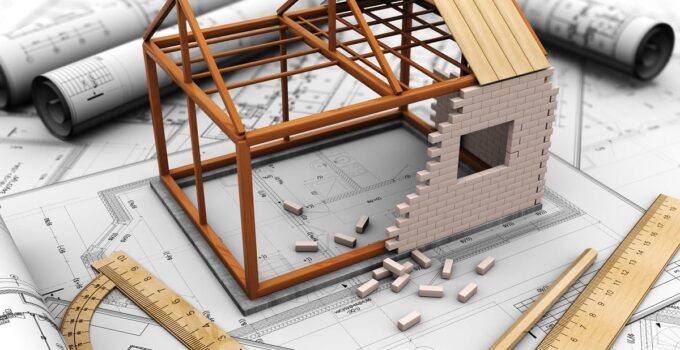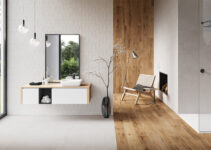There’s something uniquely fulfilling about walking into a space that reflects your vision, lifestyle, and taste in every detail. From the layout and architectural style to the smallest design choices, custom home building allows you to turn a dream into a tangible, livable reality.
Unlike buying a pre-built home, which often requires compromising on features or making costly renovations later, building a custom home puts you in control from the very beginning.
In this guide, we’ll walk through the advantages, steps, and considerations involved in building a custom home—and why this path might be the perfect fit for you.
Page Contents
What Is a Custom Home?
A custom home is a one-of-a-kind residence tailored to your specific desires and built on a location of your choice. Unlike production homes, which are created using a limited number of pre-designed plans and finishes, custom homes are personalized in every aspect. You have the freedom to design the floor plan, select materials, and decide on every feature that will make the home uniquely yours.
This process often involves collaborating with architects, designers, and builders to bring your vision to life from the ground up.
Why Choose Custom Home Building?

Source: homesourcebuilders.com
1. Complete Personalization
One of the most significant benefits of building a custom home is complete design control. You’re not restricted by cookie-cutter floor plans or limited upgrade packages. From an open-concept kitchen perfect for entertaining to a spa-like bathroom retreat or a dedicated home office, every inch of your home can reflect your personal preferences.
2. Functionality That Fits Your Life
A custom-built home allows you to design with your lifestyle in mind. Need a multi-generational suite? Want to create a soundproof media room? Looking to incorporate smart home tech or green energy features? With a custom build, you can create spaces that serve your needs both now and in the future.
3. Quality Craftsmanship
Since you’re involved in selecting the materials, finishes, and features, custom home building often results in higher overall quality. Working with skilled professionals ensures a more durable, functional, and visually appealing home.
4. Unique Location
Rather than being confined to a developer’s lot, building a custom home gives you the freedom to choose a piece of land that fits your vision—whether that’s a secluded wooded plot, a mountaintop view, or a family-friendly neighborhood.
Steps to Building a Custom Home
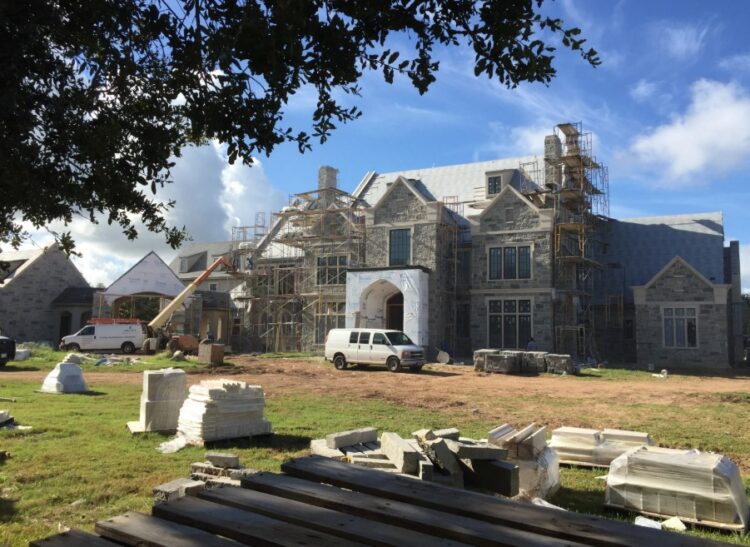
Source: simsbuilders.com
Step 1: Planning and Budgeting
Before breaking ground, it’s crucial to plan out your budget and priorities. Start by asking yourself:
- What features are most important to me?
- How much can I comfortably spend?
- Where do I want to build?
Consulting with financial advisors, real estate agents, and design professionals during this phase can help set the stage for a smooth and successful build.
Step 2: Finding and Securing Land
Selecting the right lot is one of the most important decisions in custom home building. Consider the land’s slope, soil quality, zoning laws, accessibility, and natural surroundings. It’s also smart to factor in future developments or changes to the area that could impact your home’s value or lifestyle.
Step 3: Designing the Home
With a location chosen, it’s time to turn your vision into plans. Working with an architect or a design-build firm, you’ll create custom blueprints that reflect your goals. This stage involves decisions such as:
- Room layout and orientation
- Square footage
- Style and aesthetic (modern, traditional, farmhouse, etc.)
- Special features (vaulted ceilings, large windows, built-in storage)
Don’t rush this phase—careful planning here will save time and money later.
Step 4: Permits and Approvals
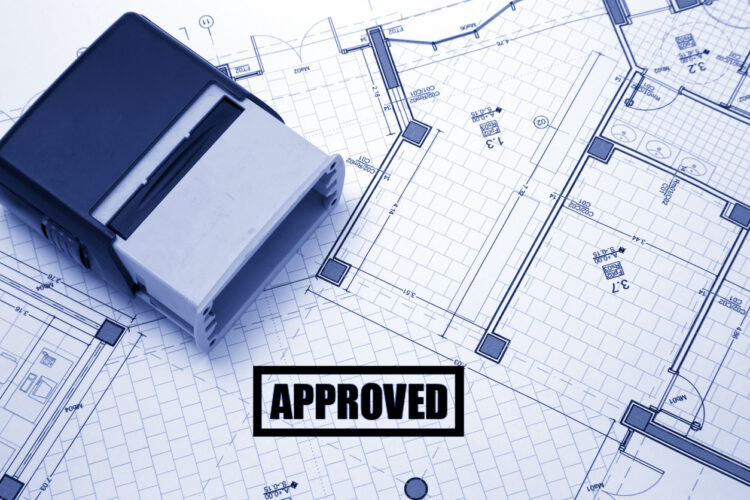
Source: kaminskiyhomeremodeling.com
Before construction can begin, permits must be secured. Your builder or architect will typically handle the permitting process, ensuring your home complies with all local building codes, zoning laws, and environmental regulations.
Step 5: Construction Begins
Once everything is in place, your builder will begin the construction process. This includes:
- Site preparation and foundation
- Framing and roofing
- Electrical, plumbing, and HVAC systems
- Insulation and drywall
- Interior and exterior finishes
You’ll be able to visit the site periodically to check on progress, make final design decisions, and discuss any changes or challenges with your builder.
Step 6: Final Walkthrough and Move-In
As the home nears completion, you’ll conduct a final walkthrough to ensure everything meets your expectations. Any necessary corrections or touch-ups will be addressed during this phase. Once everything is approved, it’s time to move in and enjoy your brand-new custom space.
Budgeting for a Custom Home
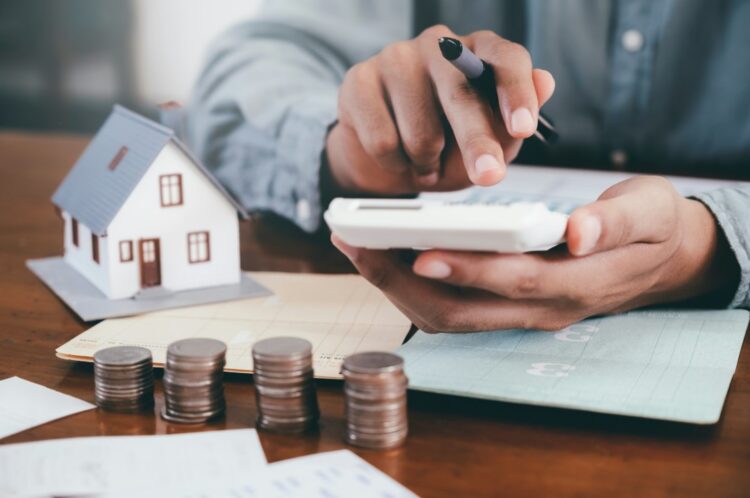
Source: mavillinohomes.com
The cost of building a custom home can vary widely based on factors like:
- Location
- Lot prep requirements
- Size and complexity of the home
- Materials and finishes selected
- Labor and permitting costs
To stay on budget, it’s essential to work with experienced professionals who can provide accurate cost estimates and help you prioritize features. Including a contingency fund (typically 10–15%) in your budget can also cover unexpected expenses during the build.
Trends in Custom Home Design
Custom home building offers the chance to incorporate the latest design and lifestyle trends. Popular features in recent years include:
- Open-concept living areas
- Energy-efficient materials and smart technology
- Indoor-outdoor living spaces (e.g., covered patios, outdoor kitchens)
- Home offices and study nooks
- Spa-inspired bathrooms
- Multi-purpose flex rooms
- Walk-in pantries and mudrooms
These trends not only add to your enjoyment but can also increase your home’s future resale value.
Sustainability and Smart Building
Many homeowners today are choosing to build custom homes with a focus on sustainability. Eco-friendly features such as solar panels, high-efficiency HVAC systems, low-flow plumbing fixtures, and sustainable materials reduce environmental impact and save money over time.
Smart home systems, including programmable thermostats, security systems, and voice-controlled lighting, are also increasingly popular additions to modern custom homes.
Building Your Dream, Brick by Brick
Custom home building is more than a construction project—it’s a creative journey. From finding the right piece of land to choosing finishes that reflect your personality, each step brings you closer to a home that’s truly yours.
The process can take time and requires coordination, patience, and expert guidance. But in the end, the reward is a home built exactly the way you imagined—a place where memories will be made and life will unfold.
If you’re ready to begin your journey, take the first step by exploring how custom homes can bring your vision to life.

